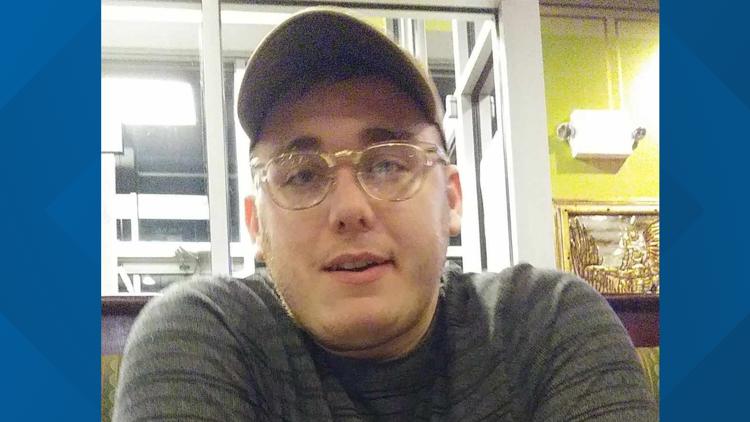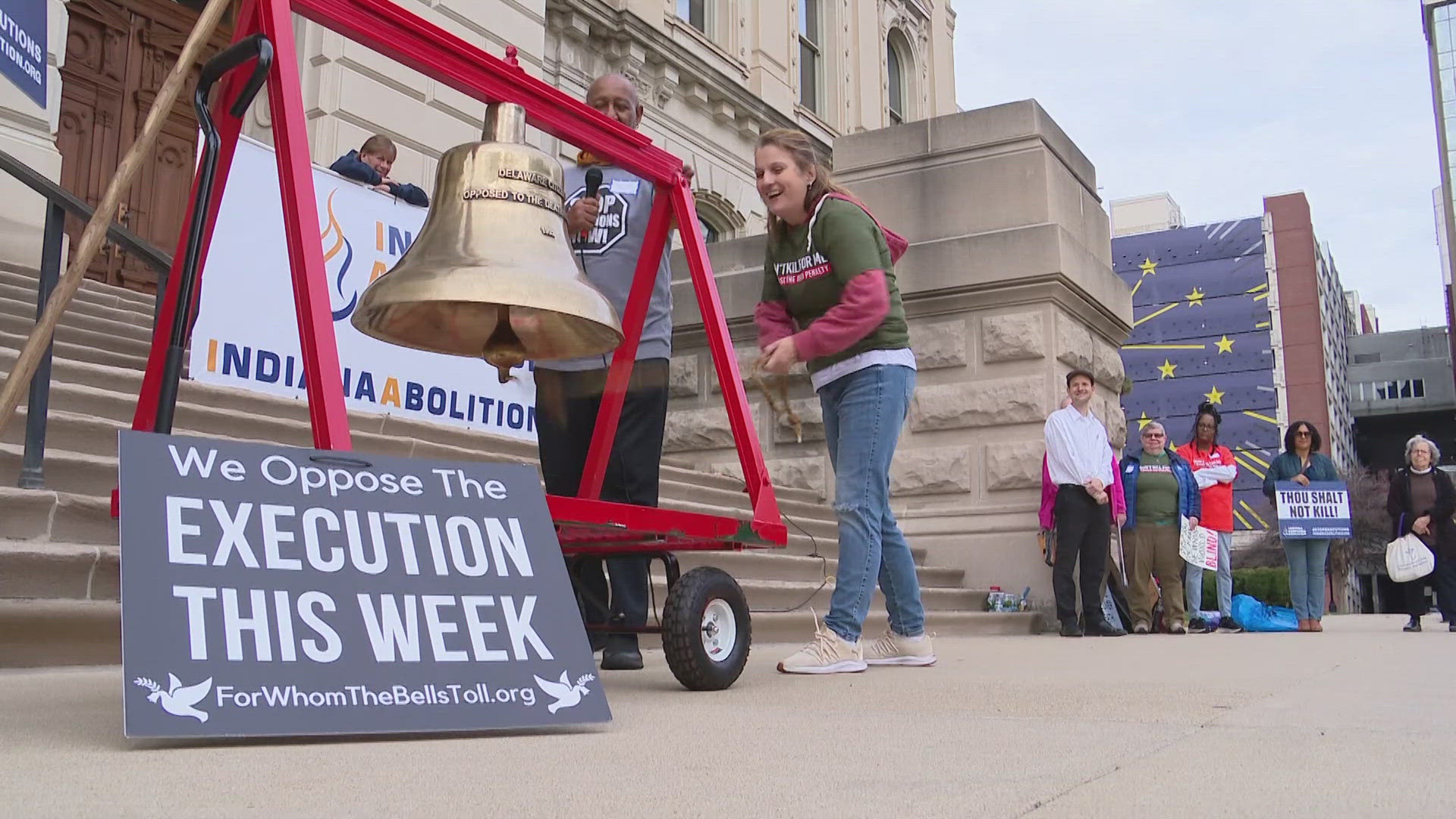DEMOTTE, Ind. — On Sept. 8, Rhyker Earl had a severe seizure in his home in DeMotte, Indiana. It was his second one that day. The first happened at his sister's house. He left to go to his house with his grandmother, Connie Widner, who went home with him to make sure he was okay. When he had the second seizure, she called 911.
"I called 911 thinking they were going to come help him," Connie Widner said.
But a confrontation with police left Earl without a pulse. He died in the ICU two days later.
"Unfortunately, this is not the first time that I have heard of of something like this happening," said Dr. Jaqueline French. She is a practicing neurologist and Chief Medical and Innovation Officer for the Epilepsy Foundation.
She says confusion about seizures, and their aftermath, have resulting in arrests and even death for patients. It's a serious issue for all of us because seizures are much more common than most people think.


Understanding seizures
Earl was diagnosed with epilepsy when he started having seizures 7 years ago. Most people have heard of epilepsy, which is most famous for causing seizures.
"A seizure is an electrical storm in the brain," French said. "All of our brain cells communicate with each other through electricity. And when the wires get crossed, it can sort of cause a chain reaction through the brain that causes this electrical storm."
There are 3.4 million Americans diagnosed with epilepsy. But they aren't the only ones who have seizures.
"The number of people in America that have seizures is much higher than anybody quite realizes," French said. "One-in-26 people has epilepsy, and then add in the number of people with Parkinson's disease, autism and multiple sclerosis."
Seizures in TV and movies almost involve someone going rigid and shaking — what neurologists call a convulsive seizure. But those are relatively rare.
"It's one of my pet peeves," French said. "Ninety percent of seizures are not convulsive. They're just behavior changes, where people sort of get confused and wander or lick their lips a bit, and then it's over."
The confusion over what a seizure is means that many people don't get help until they have a convulsive seizure.
"Many people have these smaller seizures for years, until they have a convulsion," French said. "They don't realize it. Their family members don't realize it. Their doctors don't realize."
And if most of us have the wrong idea about seizures, almost no one knows what comes after.


'The world does not seem familiar to them'
Speaking about the night they called 911, Earl's family kept talking about his mental state.
"He's confused when he's coming out of seizures," his grandmother, Connie Widner, said.
"He's totally confused of what's going on," his grandfather, Chuck Widner, said.
Jasper County Sheriff Pat Williams released a statement saying: "Mr. Earl was in an excited state and did not respond to pleas from deputies or his family to remain calm. "
Earl was in what is called a "post ictal state."
"The seizure itself is when the actual electrical storm is occurring," French said. "But it leaves the parts of the brain that it went through unable to function properly."
The "post ictal" state looks different in every patient, and even after every seizure. In mild cases, it's just a little bit of forgetfulness. More severe cases can involve headaches. Often it also causes confusion.
"In many people, if it was a significant seizure, they can be left in a state where the world does not seem familiar to them," French said. "People don't seem familiar to them. And of course, if that's the case, it's likely that people are coming at you aggressively, you will not understand."
"You will respond in a way that you wouldn't normally respond," French said.
Earl's family said they had seen him go through many seizures.
"He's never, ever, ever been violent to anybody," Chuck Widner said.
It's unclear from both the family and police why Earl was restrained. The family believes he may have fallen onto an officer. Police say he was "demonstrating mental difficulties and significant physical resistance to the medical personnel on the scene." Both agree he was restrained.
French says that often makes this worse.
"You can just imagine, if you're confused about everything, how agitated that would make you if you were restrained," she said.
But very few people actually know what to do when someone is coming out of a seizure.
Uneven awareness and training
At the news conference in DeMotte, Steve Wagner, a Carmel attorney representing Rhyker Earl's family, said: "Until first responders understand that you don't treat a seizure patient, or an autism patient, or someone in a mental health crisis as a criminal ... and respond appropriately, there will be more press conferences like this."
In the United States, the training first responders receive varies greatly. The National Highway Traffic Safety Administration (NHTSA) sets the National Emergency Medical Services Educational Standards. According to the standards released in 2021, a "comprehensive" knowledge of seizures isn't required for Emergency Responders or Emergency Medical Technicians (Advanced Emergency Medical Technicians and Paramedics do need a comprehensive knowledge).
The National Registry of Emergency Medical Technicians governs EMT licensing for the country. It administers the tests for all levels of emergency responders.
In Indiana, you need an NREMT license and then complete additional, Indiana-specific training. Those standards do not mention neurology or seizures.
French says that it's not just EMTs who need educated on seizures and what comes after.
"People need to know how to respond," French said. "The likelihood that at some point, someday you're going to come across somebody having a seizure is pretty high. Obviously, if you're a first responder or somebody in law enforcement, then that is even more true. You need to understand how to respond so that everybody stays safe. And people with epilepsy certainly deserve to have people around them, particularly again, policemen and first responders — who understand how to take care of them without causing them harm."
The Epilepsy Foundation offers many trainings on responding to seizures. That includes a half-hour course for anyone who wants to be better prepared. It also offers specialized training for first responders and teachers.




